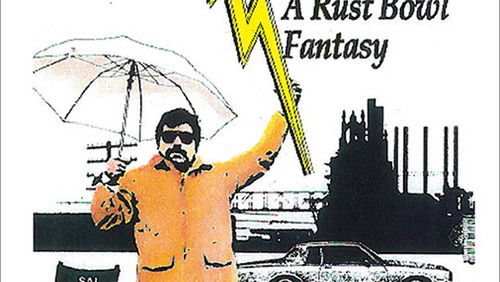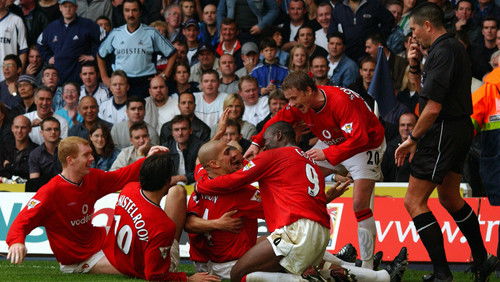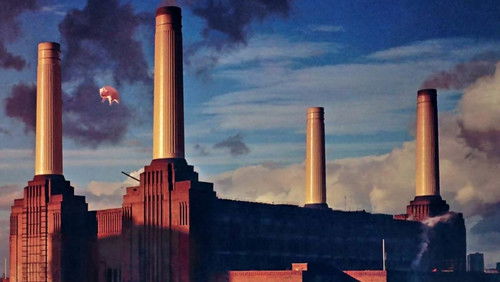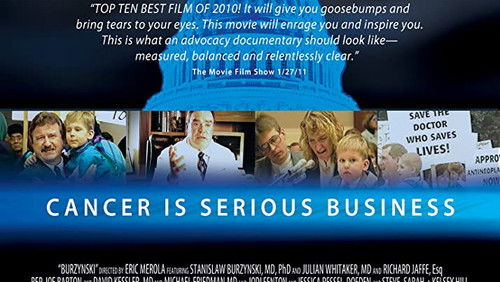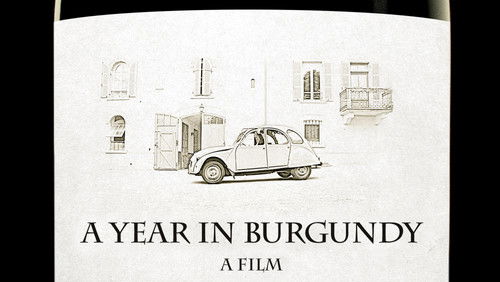Ornette: Made in America (1985)
31KOrnette: Made in America: Directed by Shirley Clarke. With Ornette Coleman, John Giordano, Fort Worth Symphony Orchestra, Prime Time. It captures Ornette’s evolution over three decades. Returning home to Fort Worth, Texas in 1983, it chronicles his boyhood in segregated Texas and his subsequent emergence as an American cultural pioneer and world-class icon.
“40 years on, the jury is still out on Ornette Coleman. His u0026quot;harmolodicu0026quot; theory was/is one of the foundations of the free jazz movement. His original quartet (with Don Cherry, Charlie Haden and Billy Higgins) was the scourge of the jazz world in the late 1950u0026#39;s… and even today the revolutionary sax player is still a hot topic for debate.u003cbr/u003eu003cbr/u003eI am not schooled enough in music theory to properly explain free jazz to those who may not know the term, but the best attempt I can say is that free jazz players ignore melody and seem to play in one long line of sound, rather than playing off of each other. (Hope that makes sense…) u003cbr/u003eu003cbr/u003eAnyhow, there havenu0026#39;t been many films made on free jazz, but of the few Iu0026#39;ve seen, Shirley Clarkeu0026#39;s documentary on Coleman is by far the most thorough in terms of explaining the revolutionary sense of the music. Although I like free jazz, I prefer Cecil Taylor, Art Ensemble of Chicago or Pharoah Sanders to Coleman. He was instrumental in giving voice to this strain of music, but still I think his sound is one of the least interesting of the movement. But thatu0026#39;s just my subjective response to the man. The beauty of ORNETTE: MADE IN America is that it doesnu0026#39;t try to change oneu0026#39;s mind about him. It is however a fascinating study of a figure who really sacrificed a lot for his unique voice.u003cbr/u003eu003cbr/u003eThe film opens in the present tense with his band Prime Time (which adapted his theories to jazz fusion)- and it is ironically amusing seeing him play before a black-tie crowd in his native Texas. Yes, Coleman has come home again…. and to open arms, however this warm greeting was hard won. In Colemanu0026#39;s own words, the sudden appreciation of his work is this: u0026quot;I guess if you live long enough, you get to be an elder statesman.u0026quot;u003cbr/u003eu003cbr/u003eIt is enough to see Coleman practice his music in one of the most unholy places in Urbana (an abandoned building often populated by addicts and knife-wielding crazies)- fittingly working on outlaw music among other societal outcasts. However, this film pushes Ornetteu0026#39;s legacy even further– he often comes across as some kind of pop icon or superhero (as best exemplified by the cartoonish image of his likeness flying across a starry backdrop)- while he may be more mainstream than ever, this silly bit pushes it a little too far.u003cbr/u003eu003cbr/u003eSadly, ORNETTE MADE IN America is not widely available. My one and only screening of this in 2001 at Torontou0026#39;s Cinematheque was made available by a film print which came and went under the arm of someone from New York the same day. It is a revealing, complex and somewhat moving portrait of a person who stands by his art regardless of its interpretation.”
